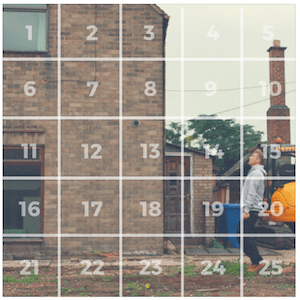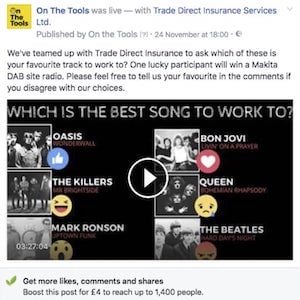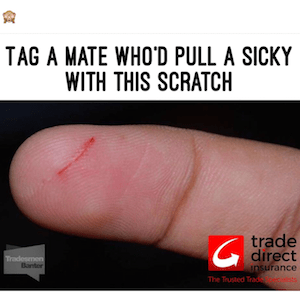Social Engagement and developing brand awareness is tough at the best of times, and that bit harder when you’re selling a grudge purchase such as insurance.
In a world of diminishing attention spans, competing brands, myriad distractions and growing media costs, how can you create brand engagement and awareness without spending a fortune?
In this post, I look at the approach we adopted when generating brand awareness for Trade Direct Insurance. For understandable reasons I cannot comment on spend levels or identify named competitors.
The objective
Trade Direct Insurance is a privately owned broker specialising primarily in the insurance needs for tradespeople. While growing successfully, Trade Direct Insurance was up against some of the biggest brands in the insurance business, some of which were spending 7 figure sums on media (from publicly available sources). As with many businesses, securing future budget in an activity such as brand awareness would be aided by successful investment of test budgets that delivered good results. What we wanted to do was to adopt a test and learn approach to building our brand awareness at a manageable cost.
The challenge
Almost every insurance business I have been involved with over the last 17 years has wanted to engage with its customers. It is often viewed as key to retention, up-sell, cross-sell and brand awareness. Giving people a reason to have contact with the brand between renewal dates generally centres around “Member Benefits” or a “Community”. Developing a community around an insurance business would be a long-haul for many reasons, not least of which is the fact that insurance holds little interest, and is only in mind for about 2-3 weeks per year. Member Benefits don’t drive brand awareness, working better as Retention, or at a pinch, Acquisition. Testing a range of creatives and propositions would allow us to understand what our audience wanted, more than what we thought they would want.The solution
We identified a number of trade related communities that would offer us a ready-made audience. The creative ideas were discussed with the social sites in question, taking into account their learnings and findings. There was little to be gained in reinventing the wheel, burning as we would time and money. We agreed a frequency of postings, costs (media and creative), and ownership of Intellectual Property. Within the campaign we didn’t plan and develop all of the creative at the outset. This was very much test and learn. The campaign was launched, and the results monitored, with our approach flexing based on learnings.
Spot The Ball was a deliberate decision to re-kindle a bygone era, that had associations with the pools, and that time.
The image was deliberately set on a residential construction site.
We found that as many comments were directed at the quality of work of other trades, as much as competition entries.
The results spoke for themselves. We had a reach of over 1.3M and over 8K competition entries.
We saw “Spot The Ball” picked up by other brands, and we re-used the concept on another social brand.

Knowing that changes to the Facebook platform regarding video usage were afoot, we wanted to test it while we could.
The principle was simple that people would comment their favourite tracks to work to, and we could then use this in other content related activities.
With 165K video views and nearly 11K comments the campaign had reached its objectives.
It also inspired a future activity, being “Wheel of fortune”.

Arguably the most successful post centred around a slightly injured digit.
This post was based on insight gained from previous posts, which showed in clear terms that our audience liked taking the micky out of each other.
With a very small degree of reticence about “flogging a dead horse”, we launched the post.
As people tagged one-another expanding the reach, the numbers flew.
Reach was nearly 2M and a little under 70K comments.
Very interesting – did your Revenue or renewal rate go up?
Hi. As a pure brand activity, tracking revenue or retention as direct products of the activity was not undertaken. What I can say is that as part of an overall mix of activities, we were successful.
Comments are closed.